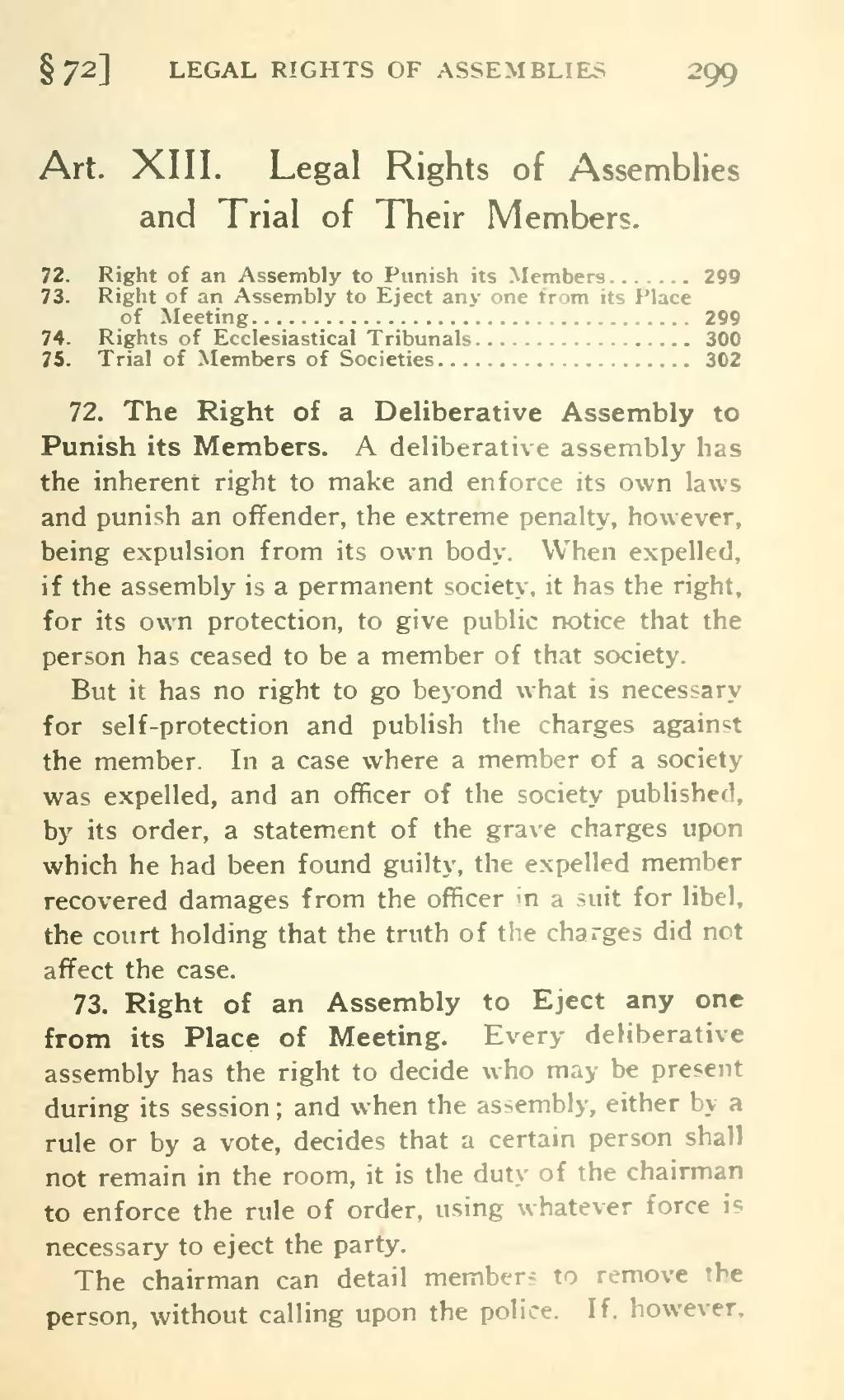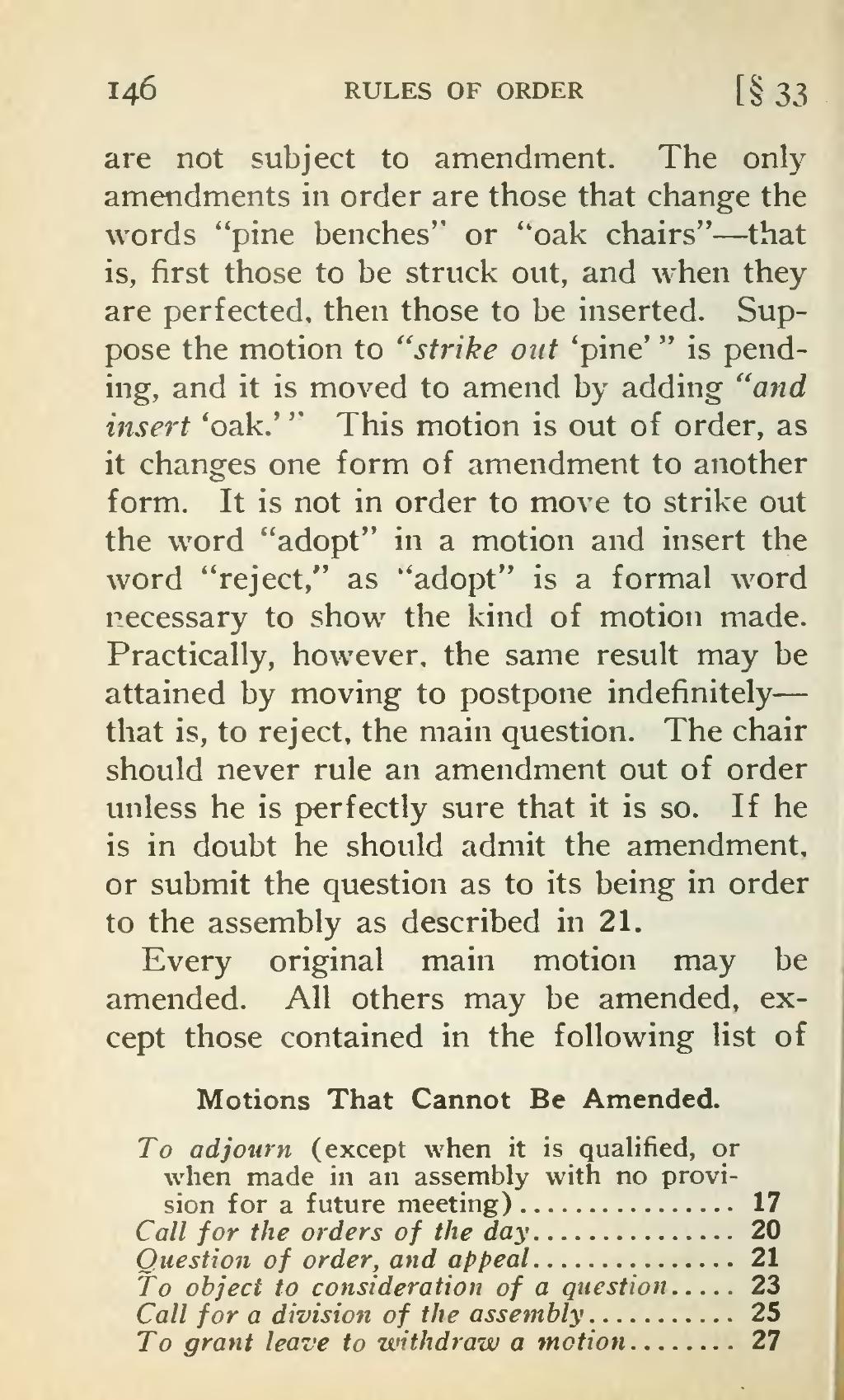A virtual dataroom (VDR) is an online platform for sharing documents that can support complex processes like diligence. It allows you to organize your files into structured folders and offer granular access controls. It can be used to establish a secure channel of communication with clients and collaborators. You can also apply watermarks and limit viewing printing, saving, and viewing documents. However, you should make sure you have properly set up the permission hierarchy and name items clearly to avoid unintentional or deliberate duplication of documents.
The best VDRs will have an intuitive interface, with dashboard reporting and activity alerts. They also offer an option to customize tagging features to track the location and status of your data. Certain vendors will also offer advanced features, such as automatic indexing, fence view and data rights management. You should also determine if the service is able to provide advanced search capabilities, such as optical character recognition, filtering, and document tracking. Choose a provider with multiple security features such as two-factor verification, specific settings for password strength, and IP restrictions.
The most effective VDR software is adaptable and expandable, meaning why not look here that it can grow with your business. It also offers a broad range of integrations that makes it easier to integrate other tools and systems into the platform. Additionally, it should be easy to use for both internal and external users. Some VDR providers also provide additional support services for a charge but you need to consider the cost and advantages of these services prior to deciding to purchase one.








